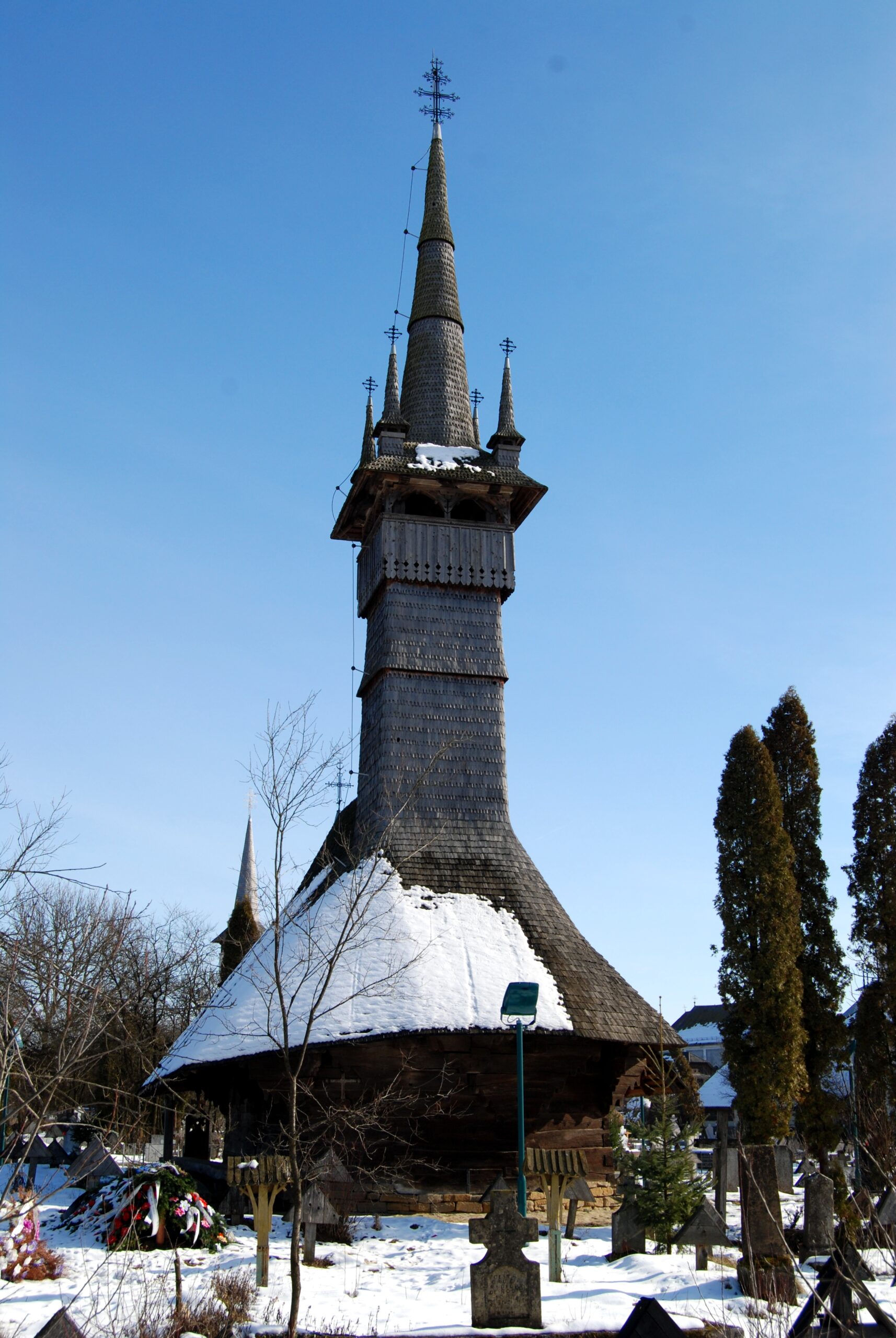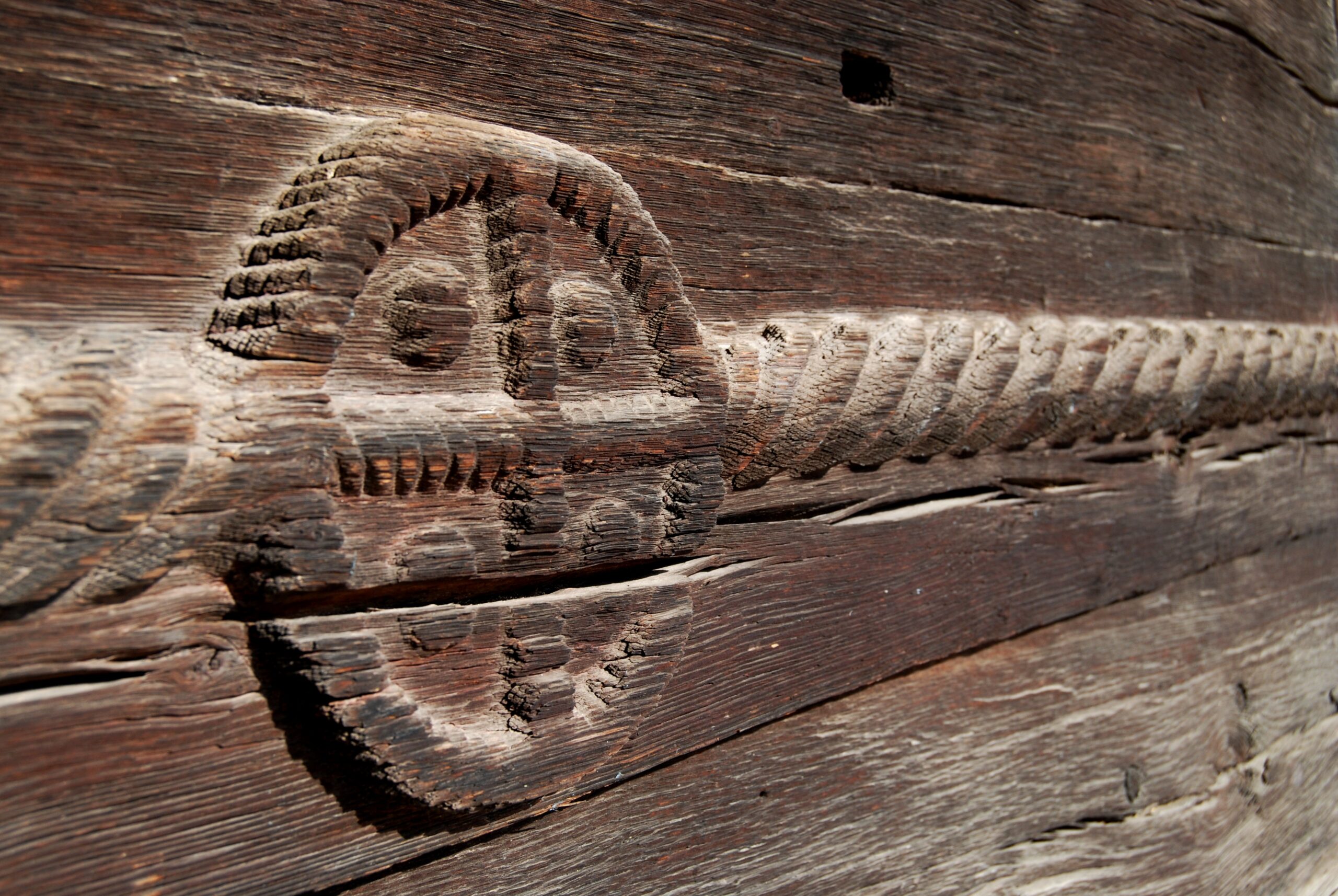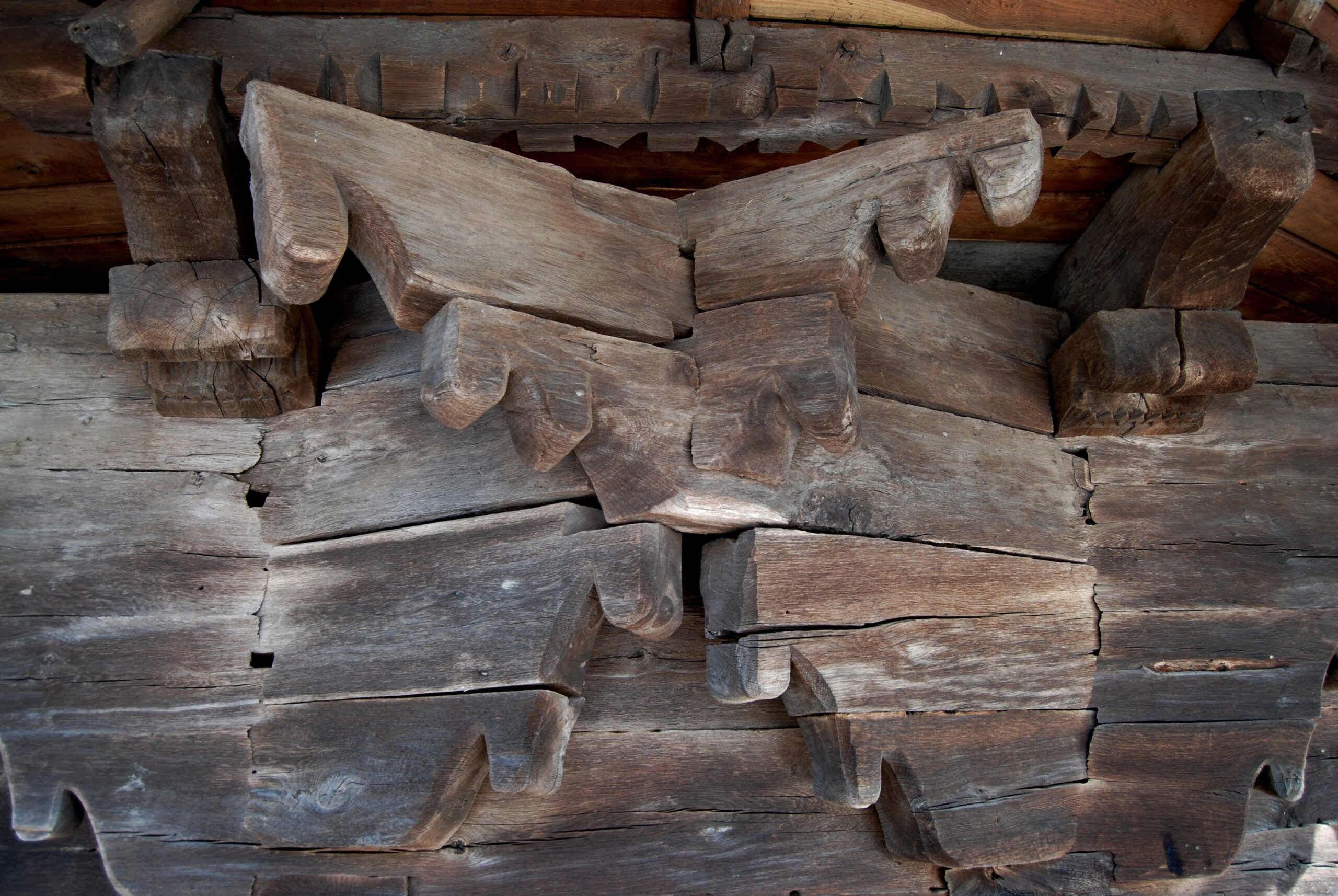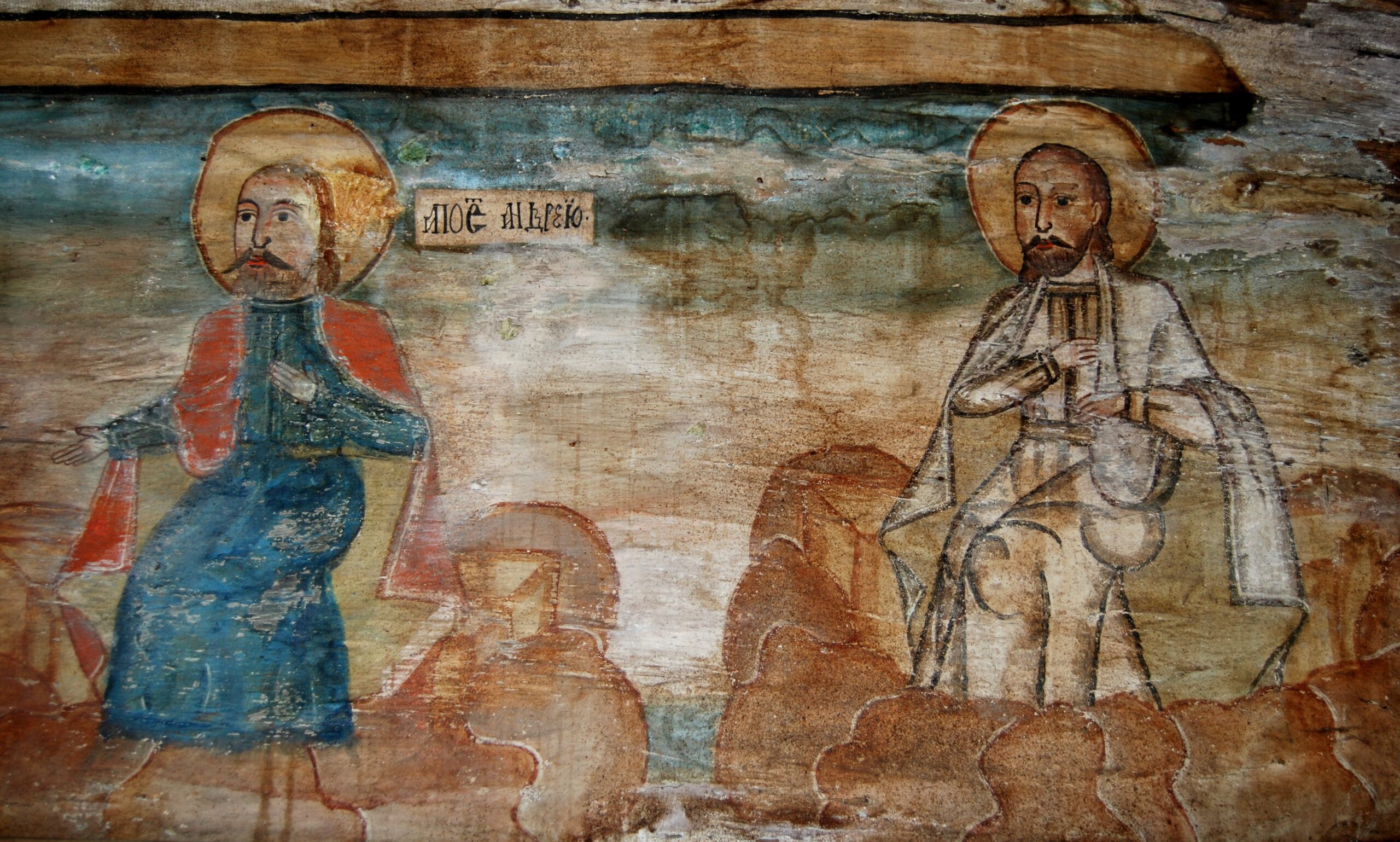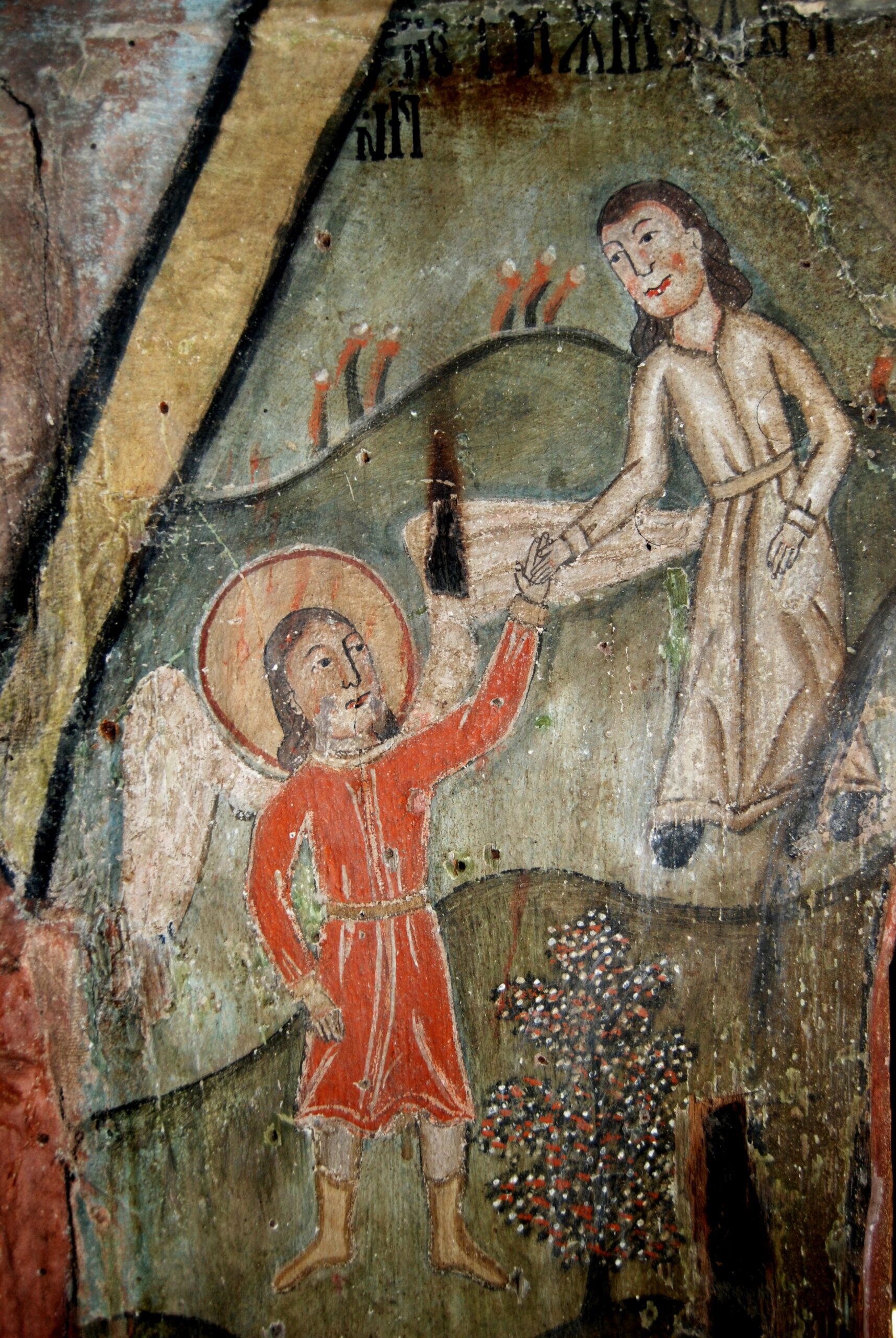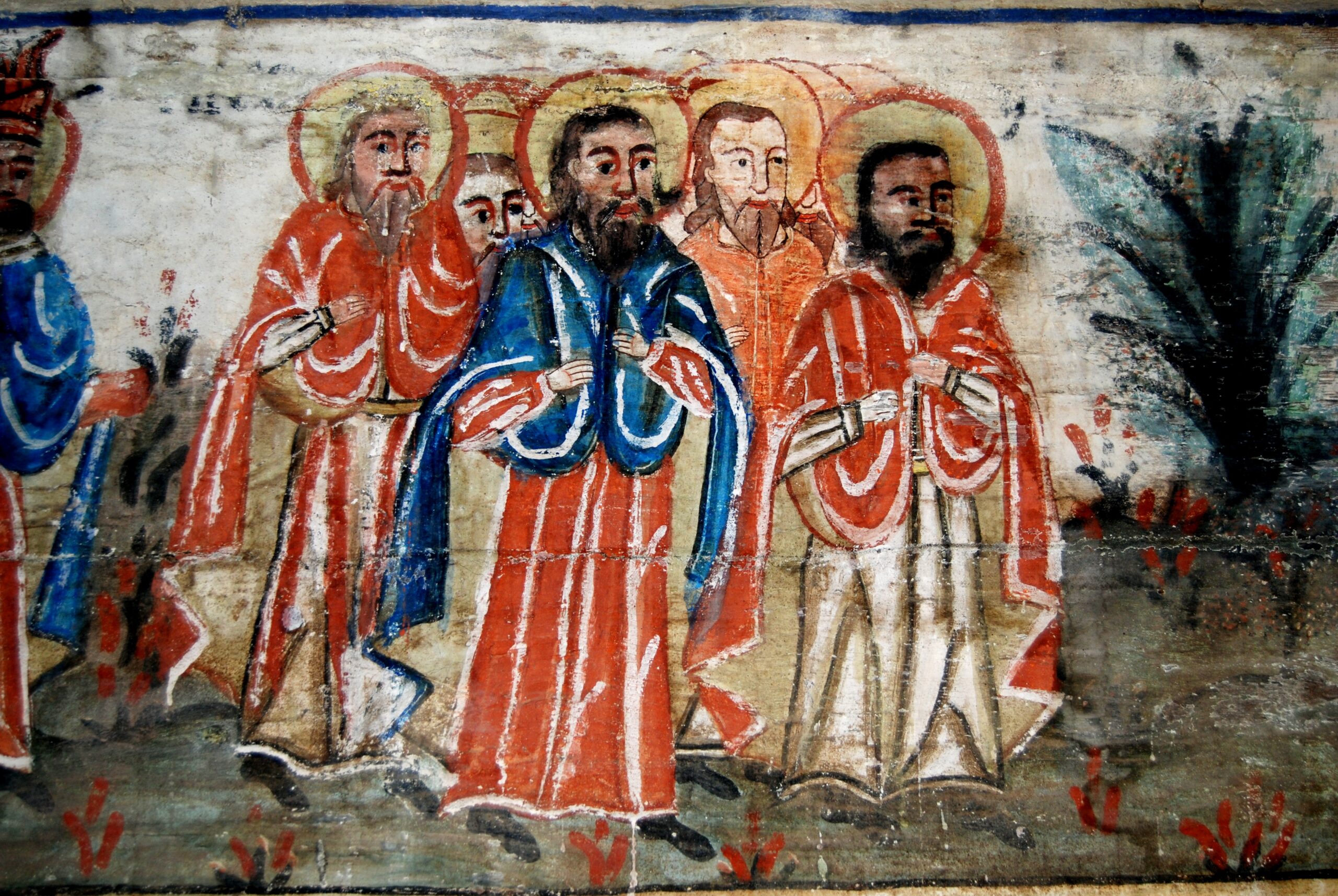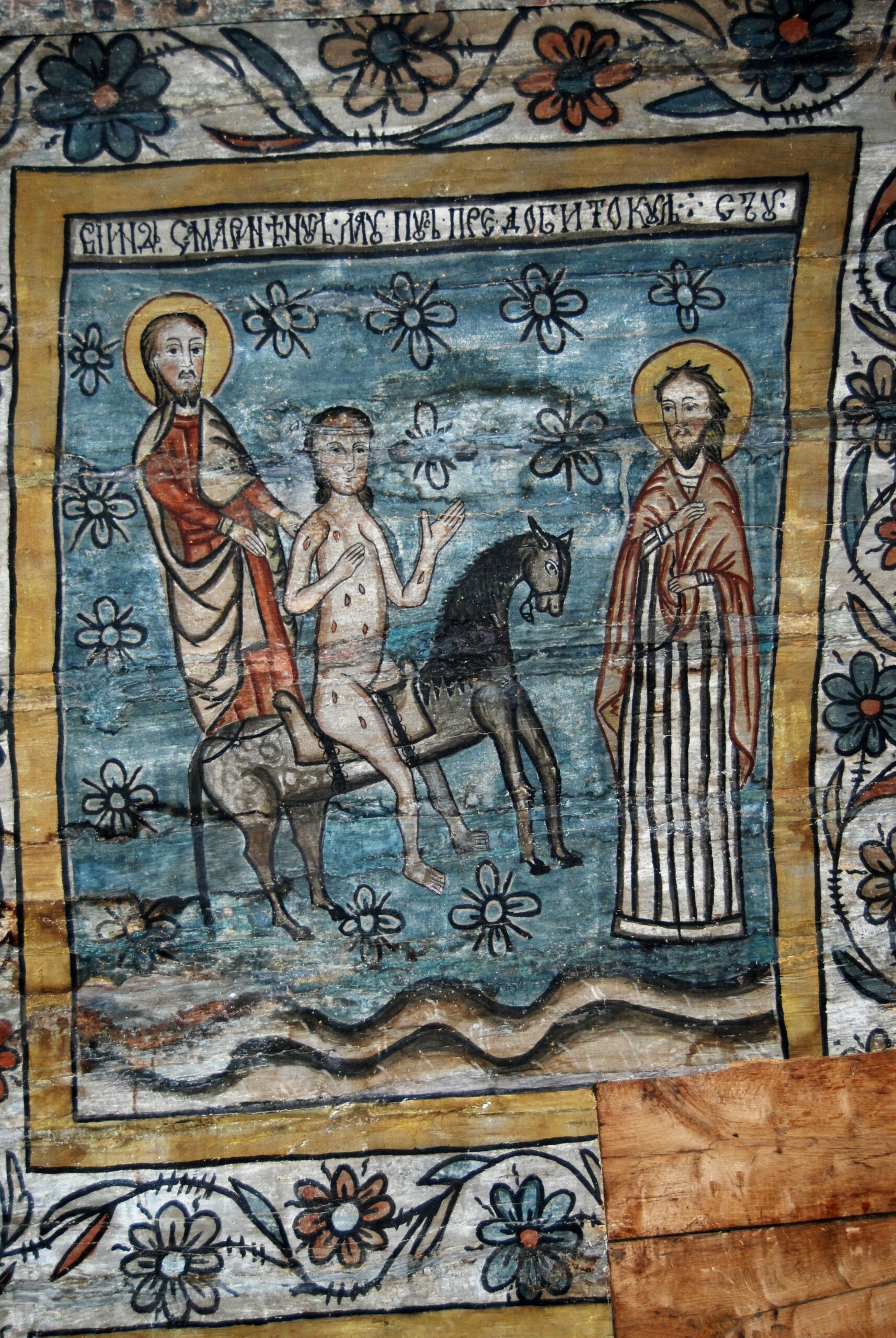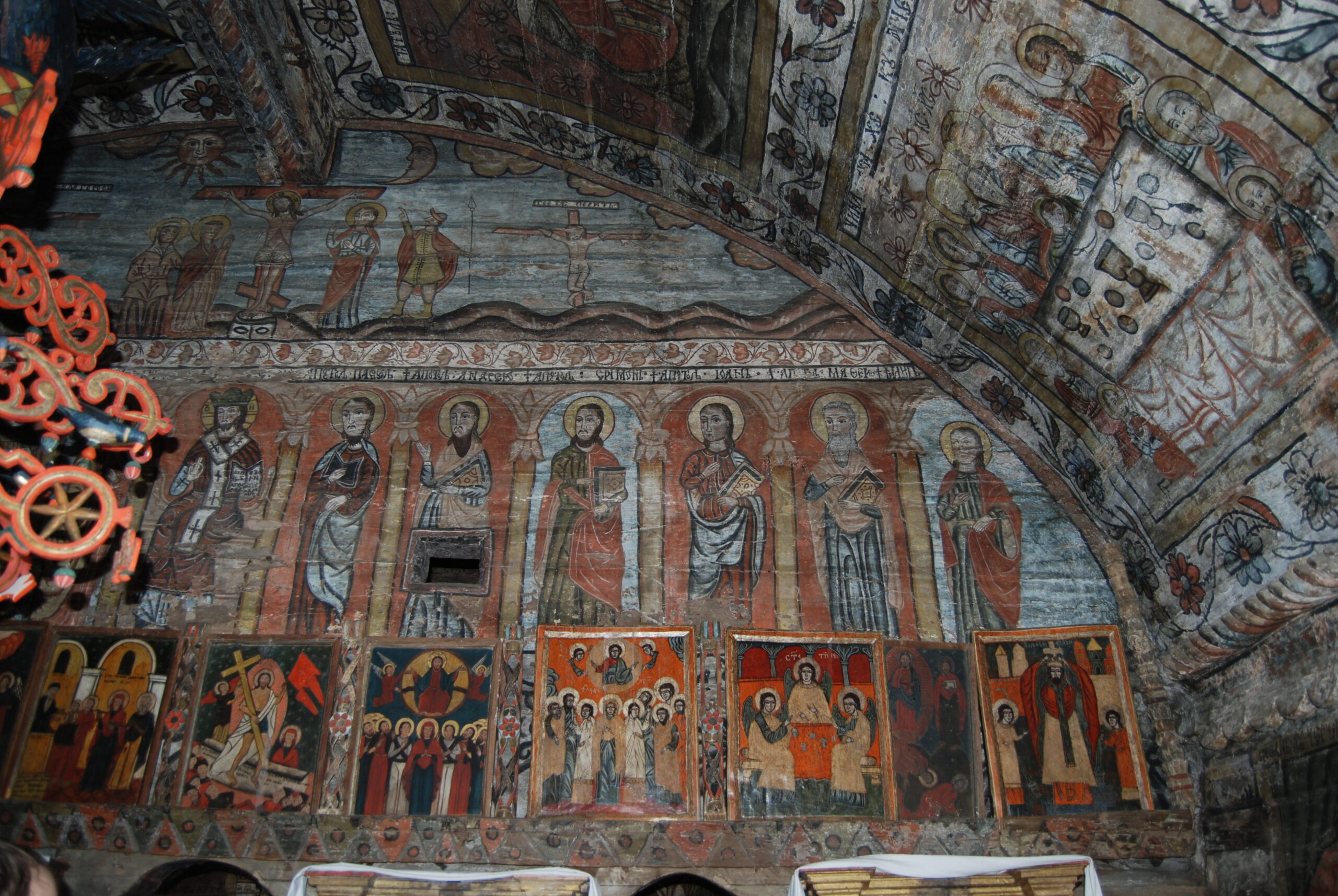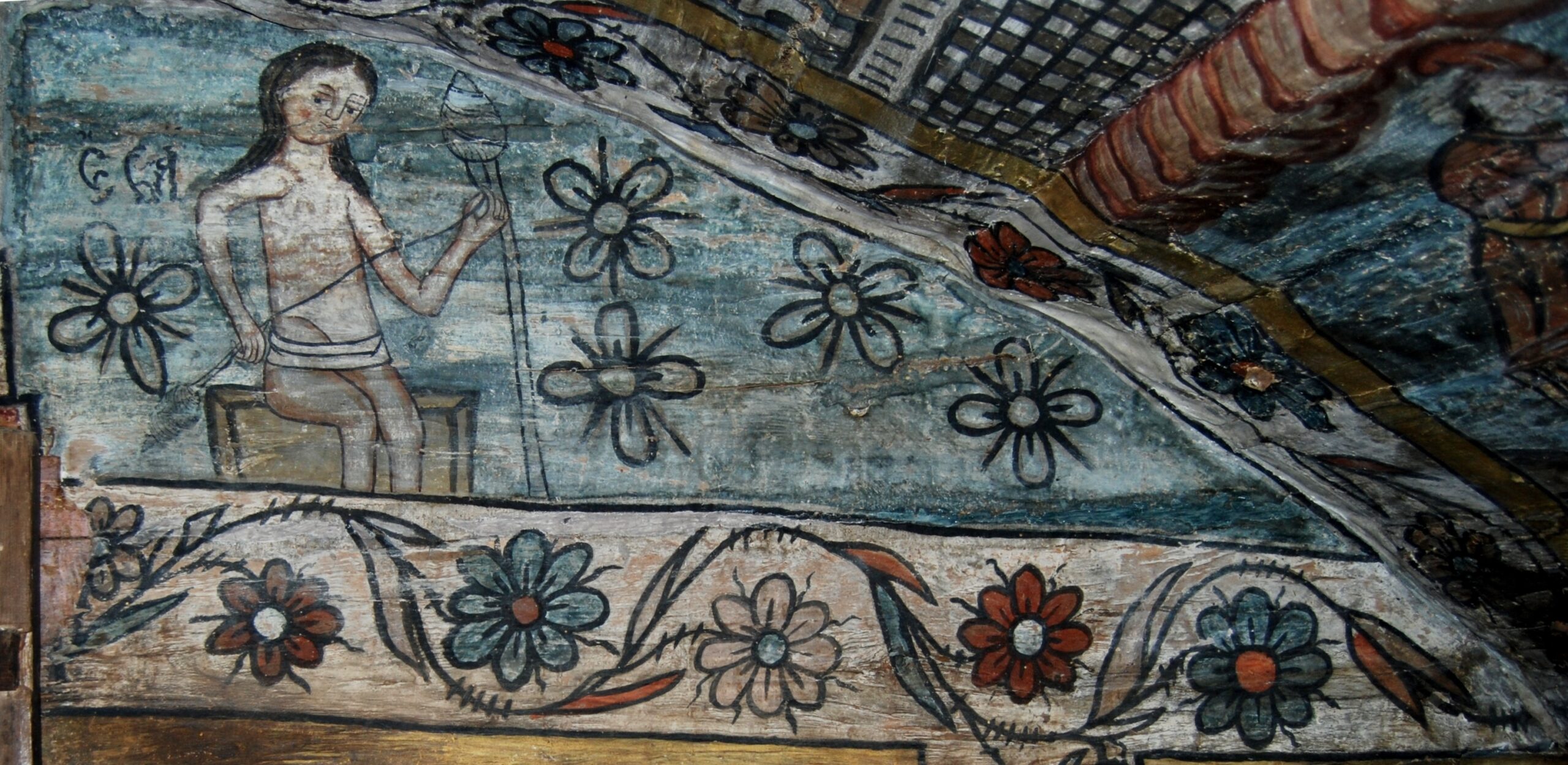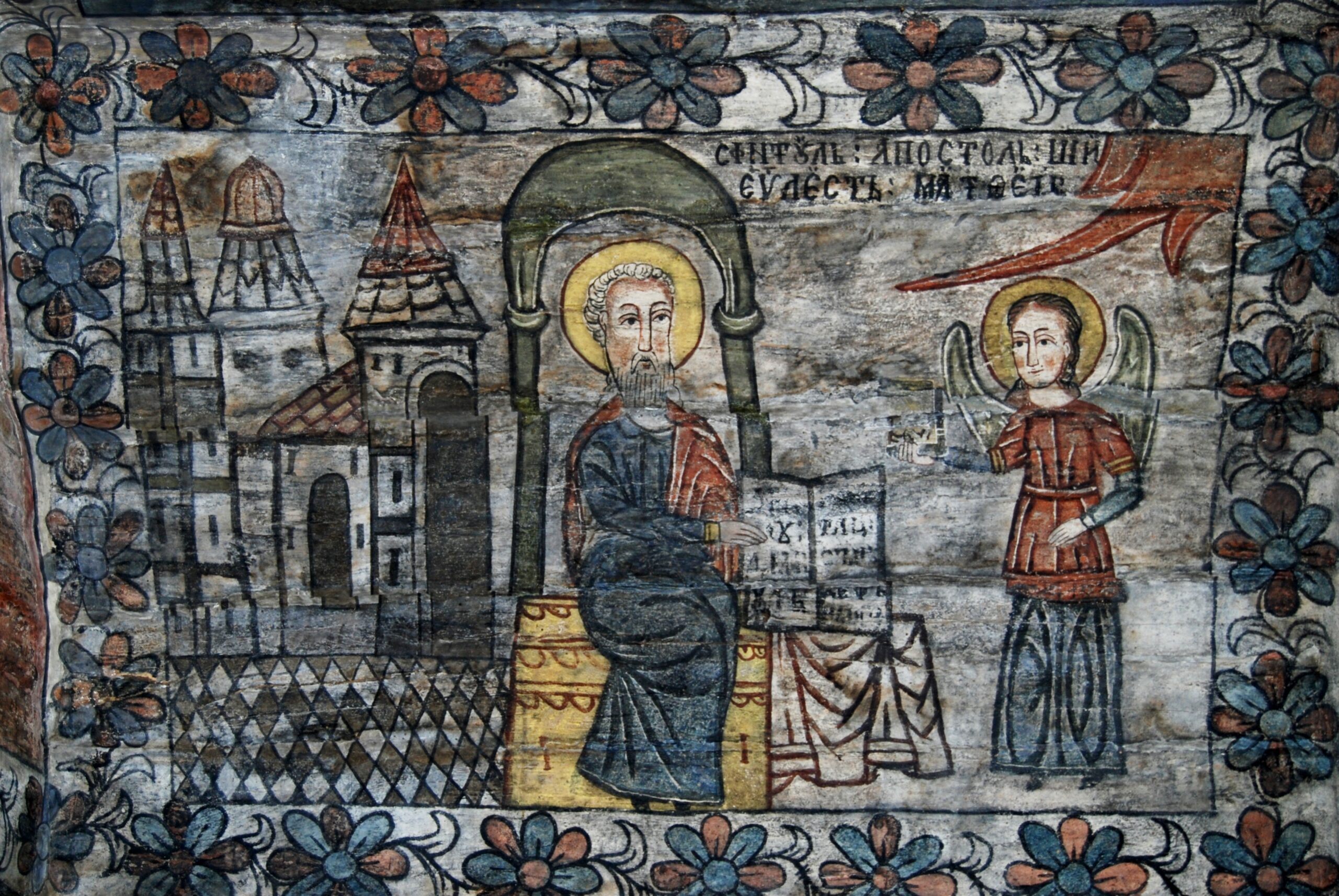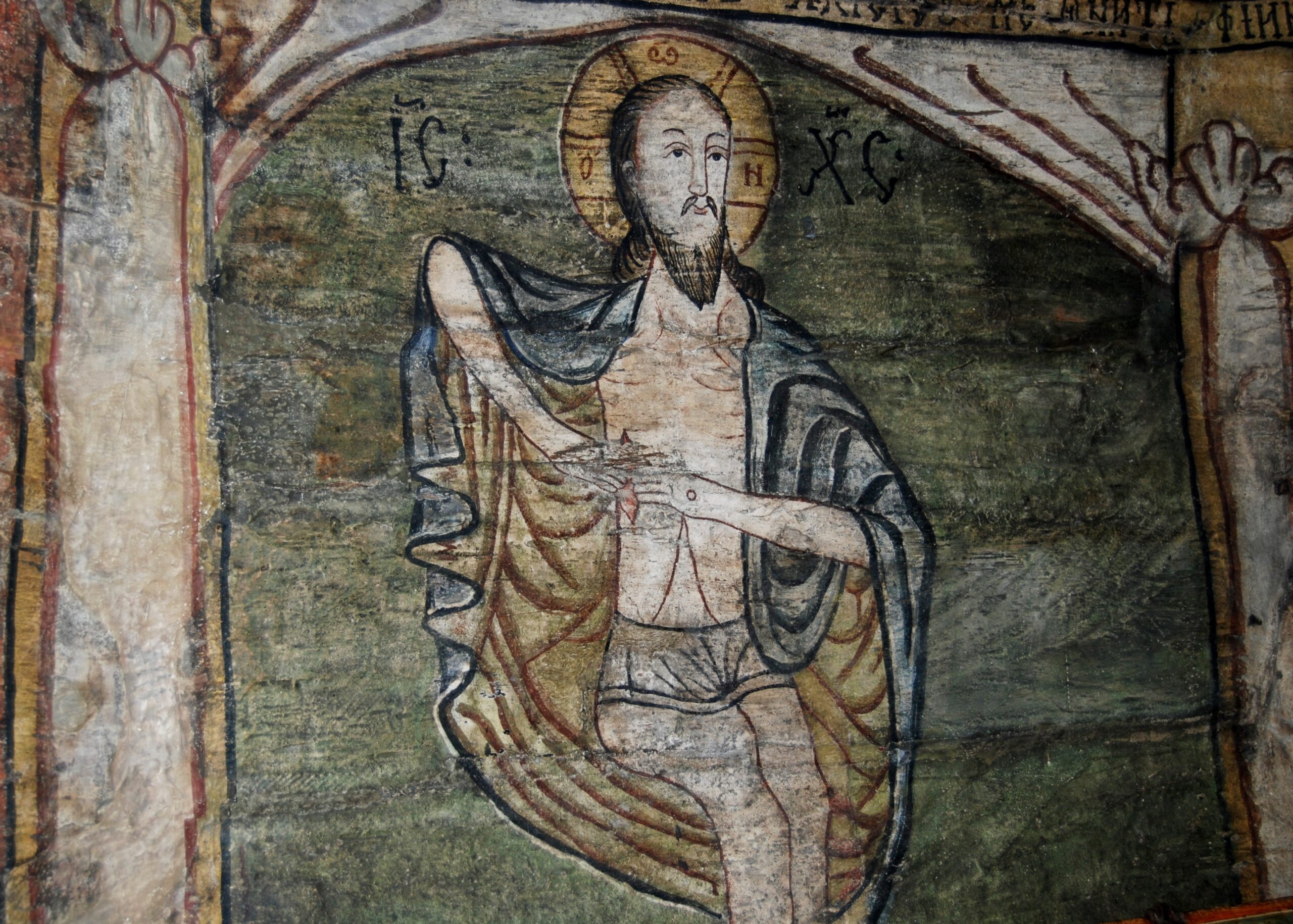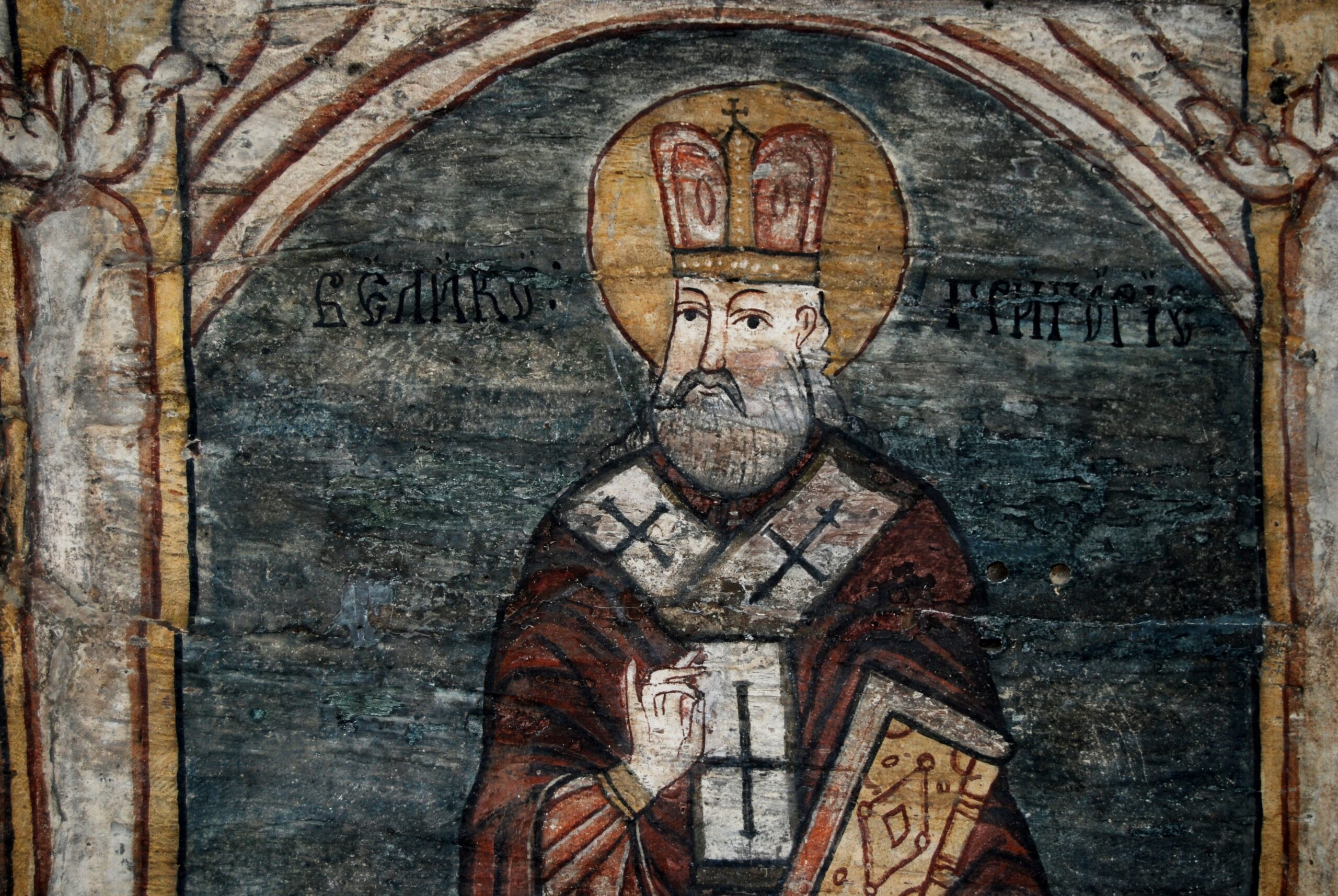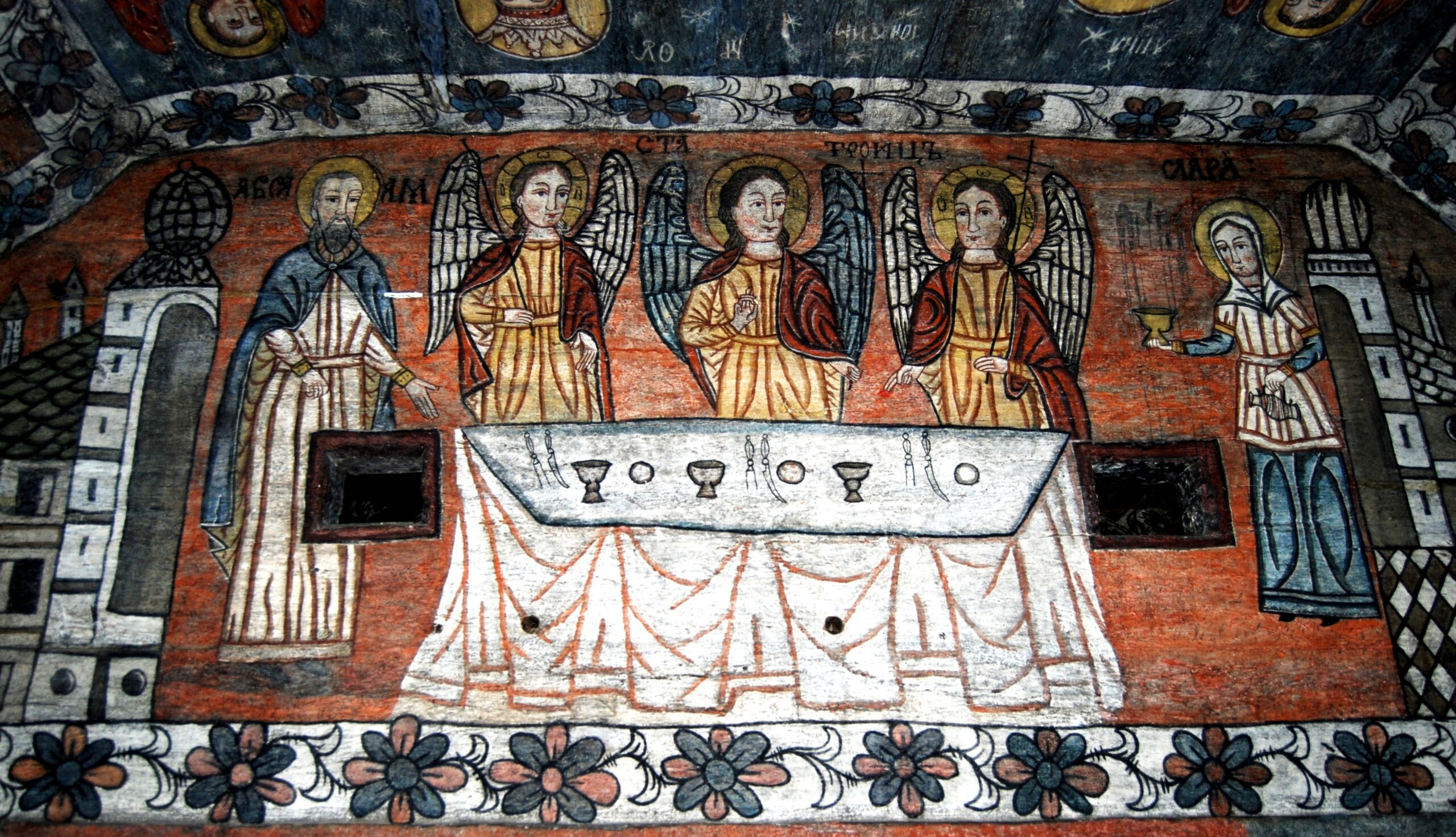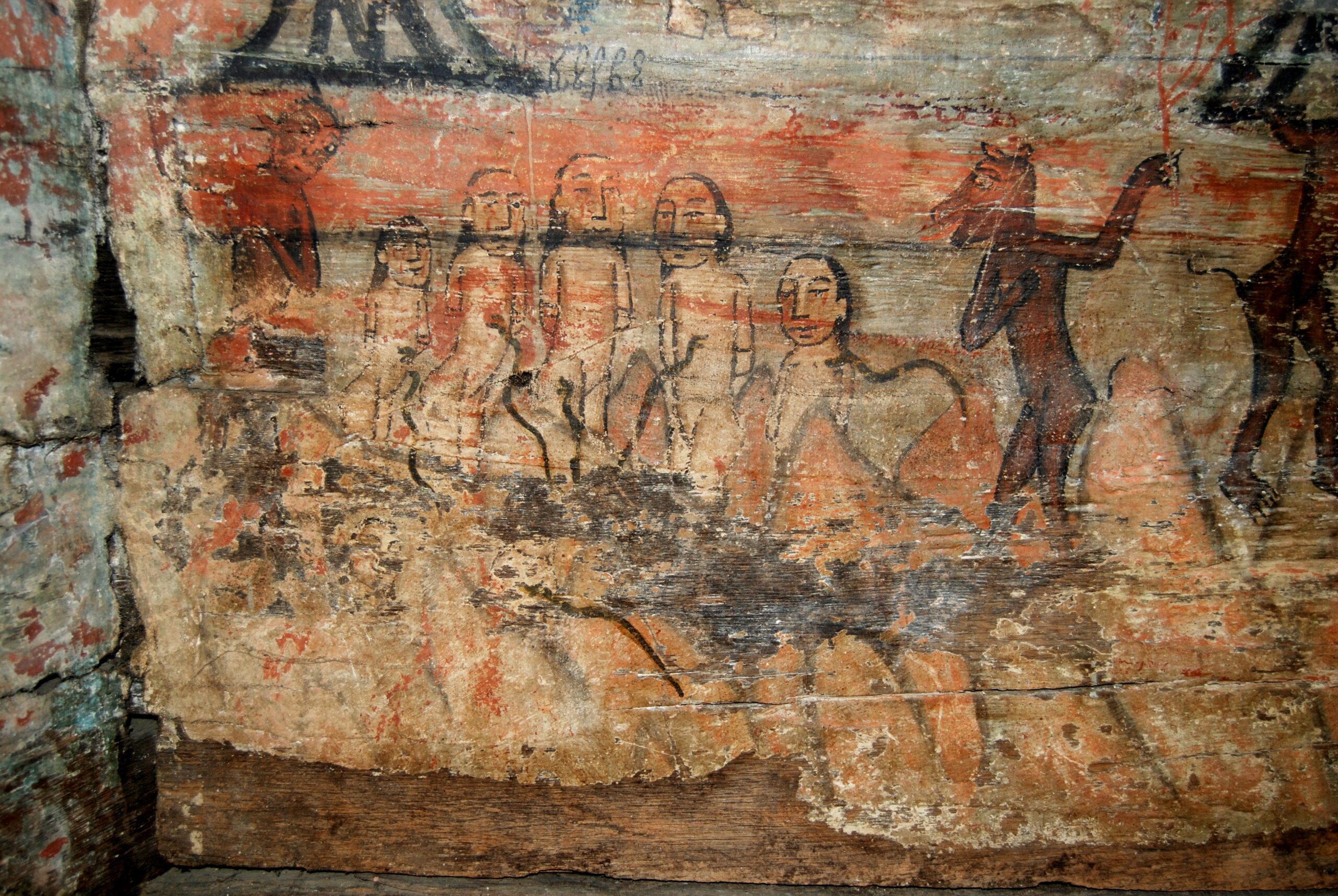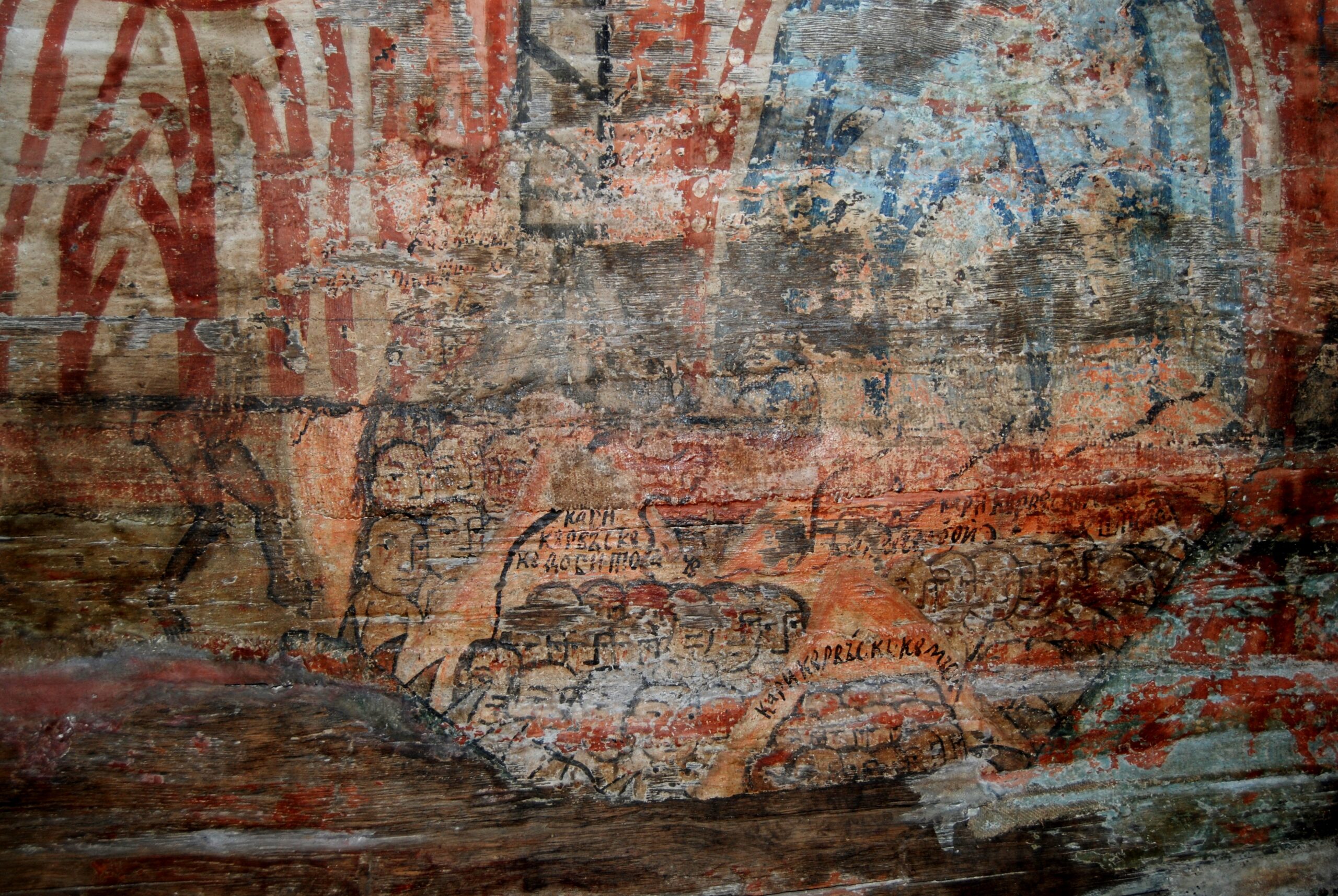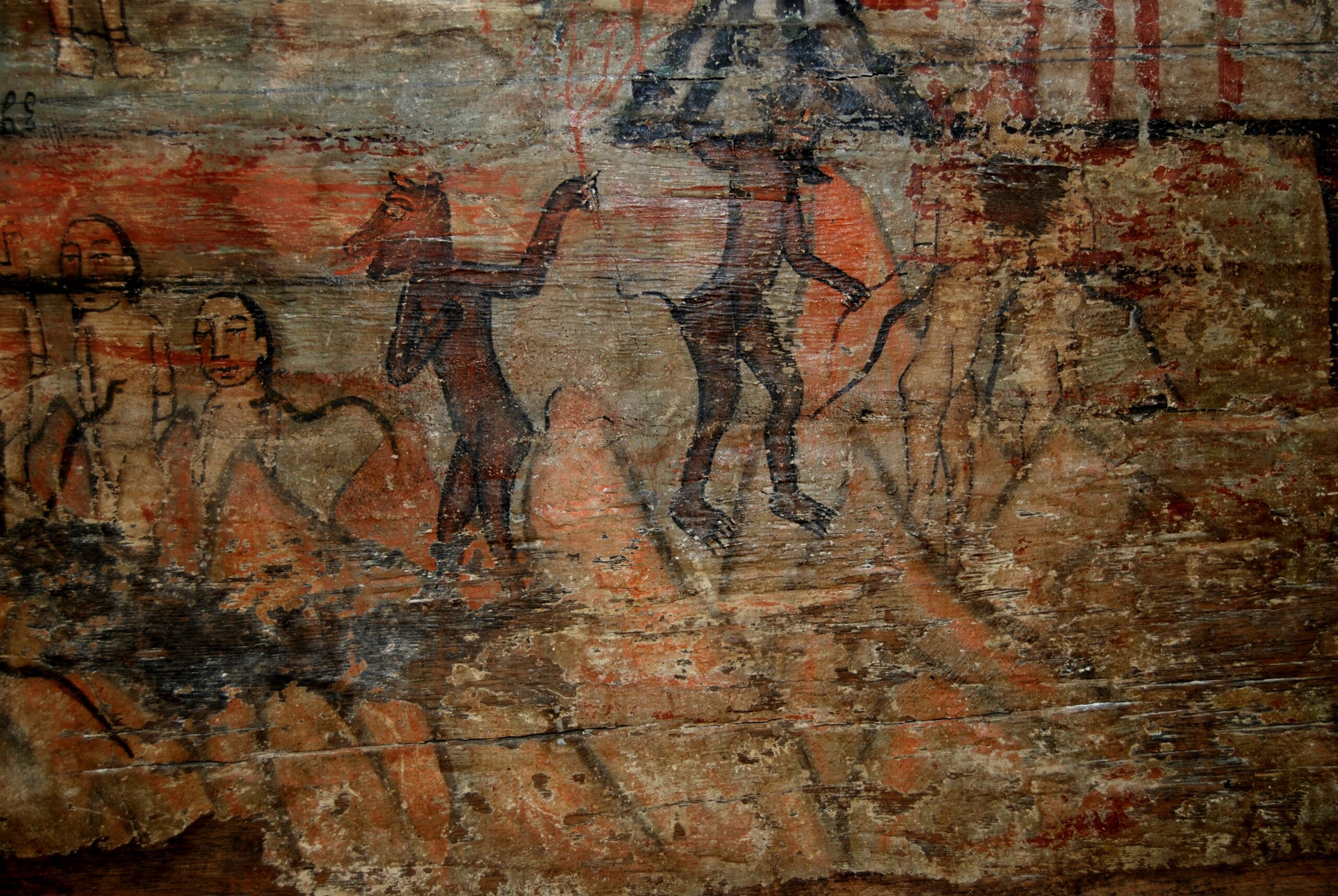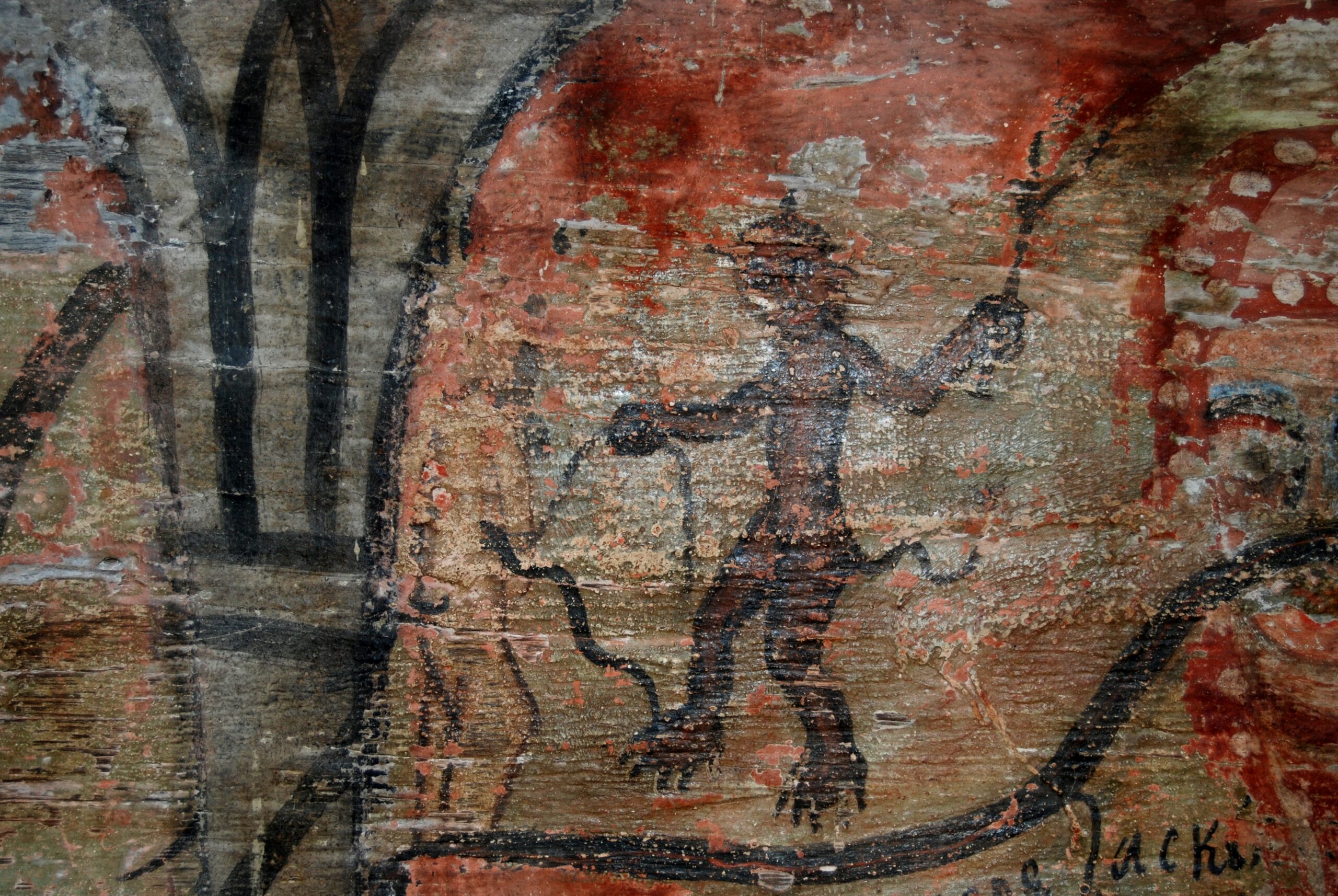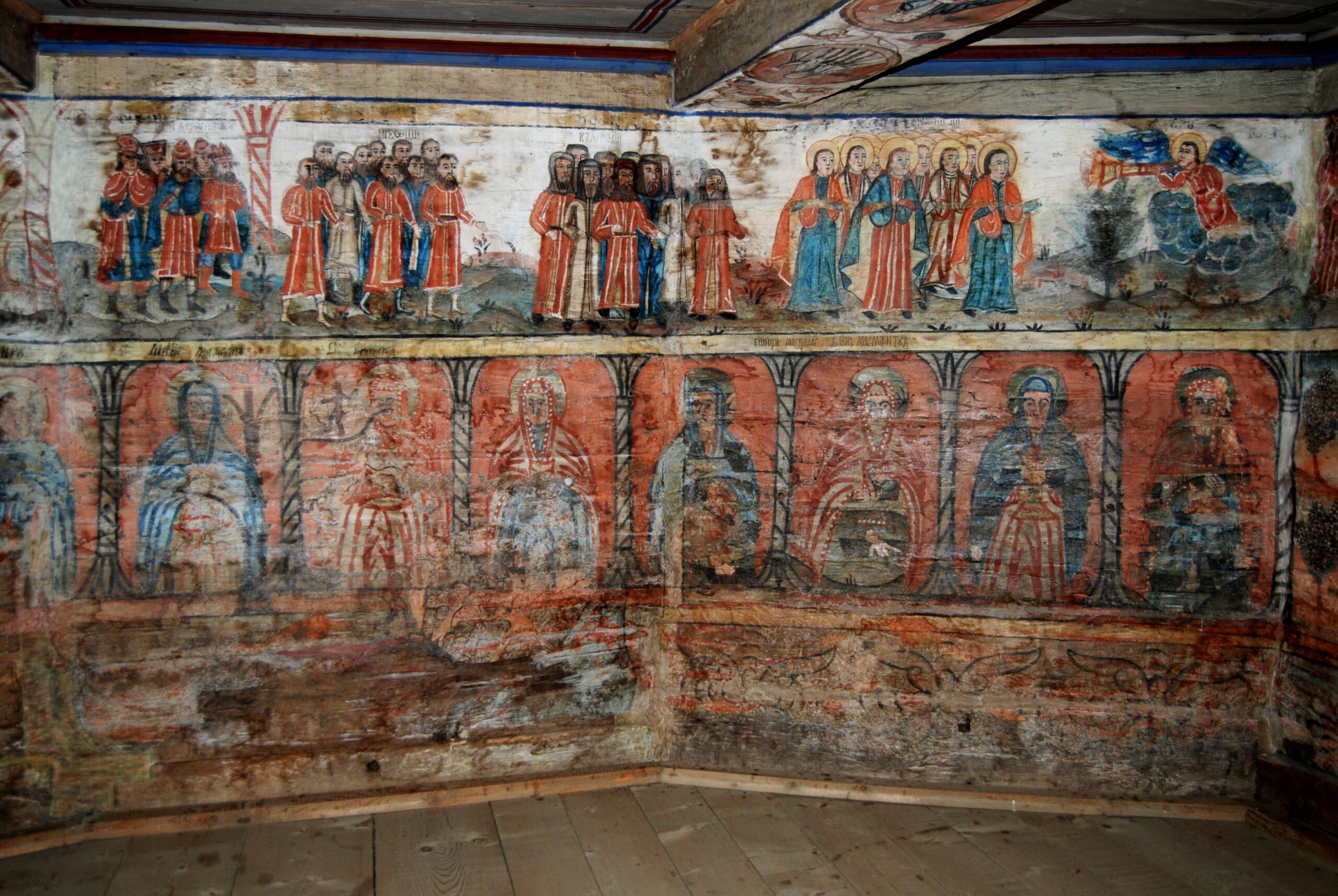"Holy Archangels Michael and Gabriel" wooden church from Rogoz, UNESCO
Address: Rogoz village, house 282, Târgu Lăpuş, Maramureş county, Romania
Phone: +40765853333
Email: hojdaioan@yahoo.com
Website: www.parohiarogoz.ro
The wooden church of the Holy Archangels Michael and Gabriel, Rogoz, Maramures county, is one of the most interesting and valuable in Transylvania. Rogoz is located 6 km from Tirgu Lepus.
The church is on the list of historical monuments from 2004, code MM-II-m-A-04618. This historical monument is also included in the World Heritage List under the code 904.
The church is constructed of massive elm beams closed at right angles and in some places reinforced with thick wooden plugs. The church has a less common type of plan: a polygonal narthex facing south, a rectangular nave and an apse of a retreat altar, polygonal, with seven sides (instead of the usual five).
The church is entered through a richly decorated door on the south wall.
Inside, the main beam of the nave vault and the consoles are decorated with a rope motif. The exterior of the church is richly decorated: the southern façade has a profiled rope motif in the middle, the entrance door to the church has a bracketed opening and a frame decorated with a simple profile, double rope and rosettes, and to the left of the door is a cross decorated with the same motifs. The cornice is supported by consoles with a cap, and the beams under the cornice have notched edges. The roof is asymmetrical (about 1.20 m from the axis) to protect the “mass of mansions” along the northern façade. The bell tower rises above the narthex, square, with an open bell tower, in a cantilever, with pillars and arches, and a high pyramidal roof with corner turrets. The tower with a truncated cone is made with great skill, and the conical helmet is divided into three steps.
The painting also contributes to the special value of this monument. The interior painting dates back to 1785, the grandstand was added in the 19th century, and the existing painting was completed in 1834. The original painting is well preserved in the altar, narthex, and with some imperfections in the nave.
The exterior decoration of the church gives the monument a special beauty due to its richness and complexity, while the interior decoration of the church is complex.
The village of Rogoz was first documented in 1488 (Rogoz), when it belonged to the fortress of Ciceului in the Someș valley (Bistriţa Năsăud county) belonging to Stefan cel Mare and other rulers of Moldavia.
The church is located in the “Lapus Country”, in the valley of the Lapus River, and was built after the Tatar invasion in 1661, as evidenced by the inscription at the entrance: “since they were enslaved by fire”. The tradition of the construction of the church in 1663 by the village community on the site of the old church was, of course, preserved by the inscription at the entrance, which is undated but easily corrected over time. Structural features date back to the same period.
In 1785, it was painted by the artists Radu Munteanu and Nicolae Mane; as the following inscription on the altar states: “From the village of Mane, priest Todor and Vlăşin priest Ioan, and paid this servant of God, the man Gregory and his wife Ioana”. The inscription in the nave reads: “In June 1785, in 10 days, this holy church was painted and completed in 11 days in September.” The Tatar invasion of 1717 is also mentioned in the nave, and the artists’ signatures appear: “Veleat of the Tatars of 1717. Painted by Munteanu Radu from Ungureni and Man Niculai from Poiana Porkului”.
In 1834, a tribune was built on the western side of the nave, the parapet of which was repainted the same year, according to an inscription on its edge: “This bridge was painted in the year of Xs. 1834, son of Bod(ea) Hrihorii”. At the same time, the windows of the nave were modified and the ceiling of the narthex and the vault of the nave were repainted.


